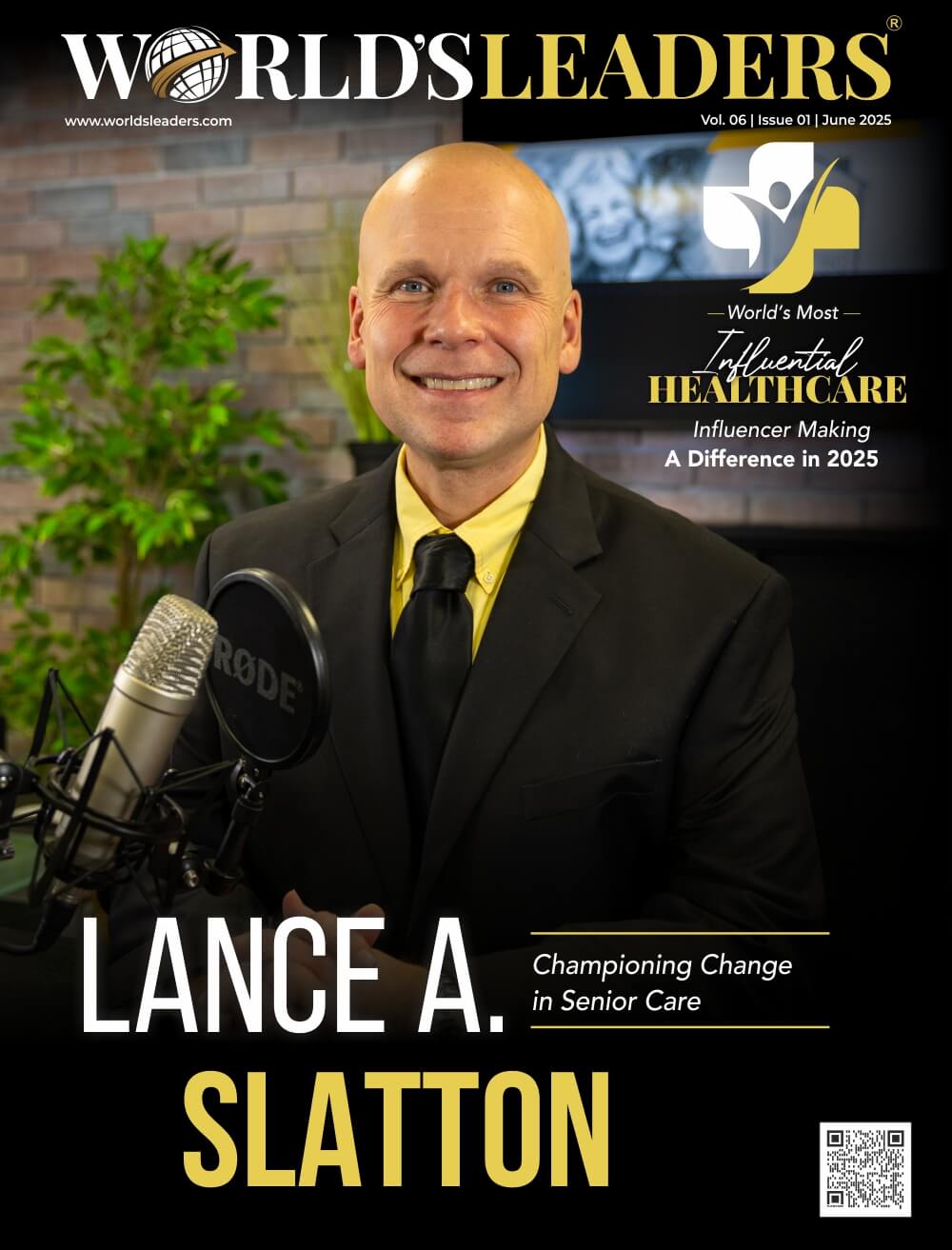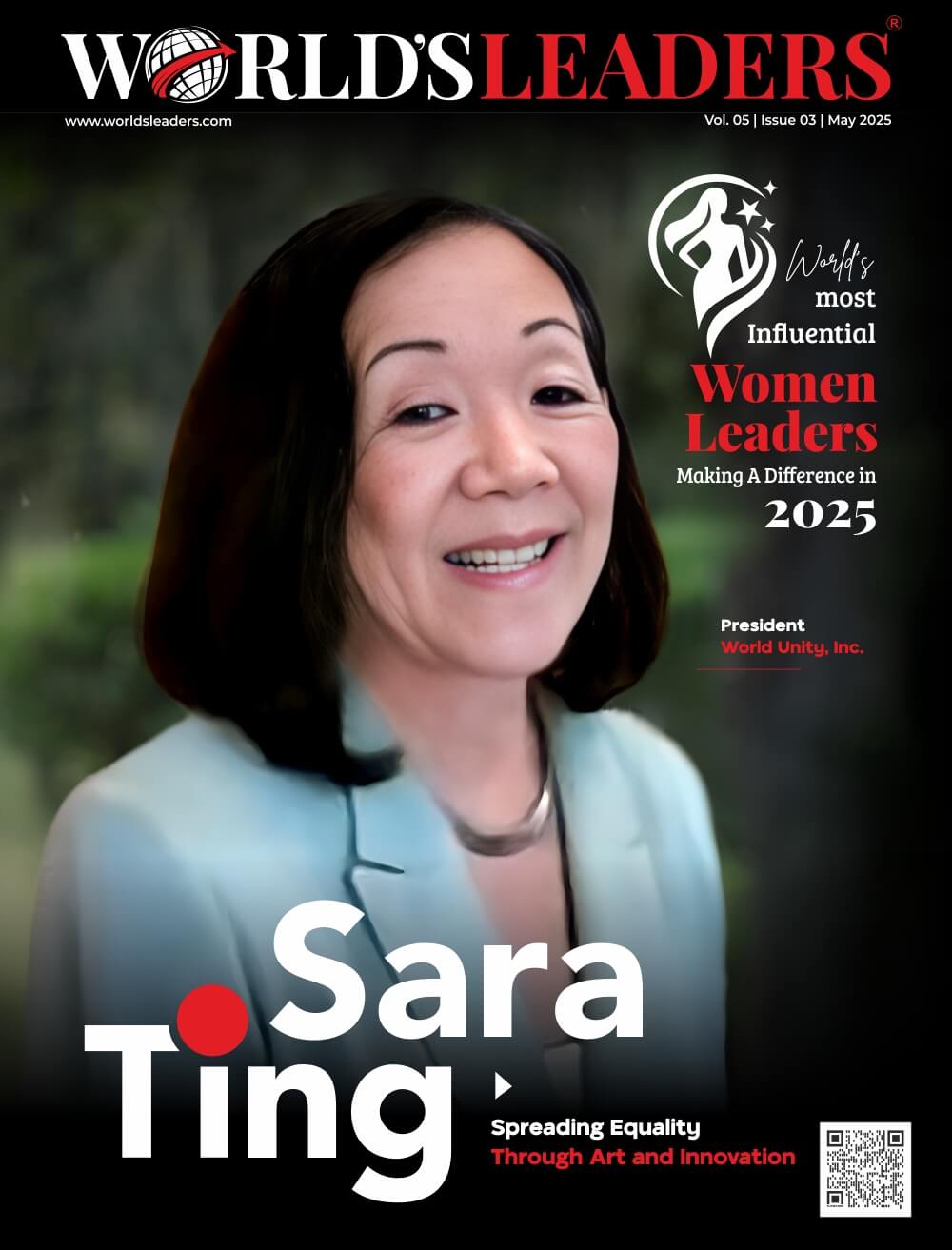Holding advanced degrees in Architecture, Urban Planning and Urban Design, Environmental Science, and Regional Planning, Dr. Tigran Haas is an Urbanist, Author, Speaker, and Associate Professor, Director, Architect, and Urban Designer at KTH.
Dr. Haas’ background in architecture, urban planning, urban design, environmental science, regional science, and urban development fits perfectly the bill; the school encompasses all these fields. Also, the postdoc periods from the US at MIT, Berkeley, and Michigan working with urban planning and design paradigms, sustainable transportation, and AI, media, and urbanism complement the above mentioned well. Dr. Haas applies his complementary project and strategic management experience all of the time in administering the center and now the Lab. Dr. Haas has also been directly exposed to environmental psychology, urban social geography, urban economics, urban politics, and landscape urbanism over the last five years through his leadership and research at the Centre for the Future of Places, all of which are additional keys to understanding the main issues and problems in cities – particularly when it comes to the company’s primary focus on public spaces and urban places.
KTH
With the area of urban studies created at KTH’s School of Architecture and the Built Environment (ABE), it seems and feels like a natural environment.. KTH has grown into one of Europe’s top technological institutions and an essential venue for knowledge growth since its founding in 1827. KTH brings together students, researchers, and staff from all over the globe as Sweden’s largest university for technological research and teaching. KTH is collaborating with industry and society to develop long-term solutions to some of humanity’s most pressing issues, including climate change, future energy supply, urbanization, and the quality of life for a rapidly aging population. Science and all fields of technology, as well as architecture, industrial economics, social planning, history, and philosophy, are all covered by KTH’s research and teaching. Our curriculum produces a new generation of engineers, architects, and instructors, and our inventive environment supports flexible solutions. KTH’s Centre for the Future of Places is an agora, a meeting place for leading thinkers, practitioners, and researchers in urbanism who are pursuing solutions to the city’s key urban development challenges, with a particular focus on public space systems. It is located at the intersection of architecture, urban planning, urban design, and urban studies. Faced with increasing social, economic, political, cultural, and environmental difficulties, the significance of public space in city development and maintenance is vital to urbanism’s survival.
According to Dr. Haas, the CFP’s permanent objective is to focus attention on public space and the public realm, particularly the transfer of emphasis from objects to places, as an important feature of urbanism and urbanization. He opines, “Within that mission, we will explore the interrelationships between urban form, human behavior, urban society, and social life, sustainable urbanism, and housing in the wake of emergent global transformations looked upon through the cross-cutting lens of public space.”
Challenges and Infinite Possibilities
While sharing the challenges of his journey, Dr. Haas says, “It is a rollercoaster and an endless carousel of ideas that constantly grow, mature, and replace each other.” He finds the unlimited possibility of finding common answers to societal problems from a humanistic and applied social science research spectrum, then integrating or reflecting on them on hard-core facts and quantitative approaches in urban science, very exciting. It’s also a rewarding experience to find study gaps in cities, urban planning, and design. He says, “Individual ideas on the edge, imagination and intellectual curiosity, good project group collaboration, and the creation of long-lasting international research networks are what guide me, and excellence and professionalism at every step.”
The Five “P”
Dr. Haas’ academic work motto is the “5P”: Passion, Perseverance, Professionalism, Persuasion, and Playfulness. He likes and thrives on multitasking but also brings elements of improvisation, fast decisions, and innovation into everyday work. He was teaching eight years of project and strategic management and leadership, which has helped quite a lot. He believes, “It also taught me how to work with people and also which people to avoid. I like constant challenges, ideas coming through, inspiring colleagues and curious students, transforming cities and people, as well as urban places and public realms with all their complexity.”
Dr. Haas sees cities as incredible locations full of endless potential, issues, difficulties, and sources of inspiration. As a result, he is re-energized to work in this profession and with like-minded others. He is looking forward to developing and directing a second research lab in his career after five years as the director of the Centre for the Future of Places (CFP). He hopes for “a city research lab called Halcyon Athenaeum Laboratory – CAL where a new start and a whole new array of urban ideas will happen.”
The Significance of Mutual Empathy
Dr. Haas thinks organizations rely heavily on both individual heroics and team processes. He sees that one does not exclude the other, and one without the other is impossible if one wants to run a world class university, or world class center, or lab. He says, “You need extraordinary individuals, high quality and great managers and leaders, and well thought out teams. So, teamwork with individuality that brings professionals, passion, and love for the job is crucial.” “Mediocre, everyday pencil pushers, so called managers that know and obey the rules” are useless as the ones that will lead such environments. Unfortunately, many places still have such people,” says Dr. Haas.
Advices from Experience
Dr. Haas’ advice for new emerging leaders is to develop the following: the ability to learn from the past and from mistakes; strong communication skills and build sustainable relationships on all levels; listening, understanding, and doing; optimism and risk taking to a certain extent; reading people and adapting them to necessary organizational tasks; anticipating problems and thinking outside the box; and eliminating threats and psychopathic personalities.
One of the obstacles, according to Dr. Haas, is the environment, which includes the micro, meso, and macro levels. He goes on to say that the micro level has all of the challenges of competence, staff, tasks, immediate decisions, administration, and leadership, as well as conflicts; the meso level has all of the projects and partnerships and cases on the ground and in the cities where the work is done, but also the products, media, networks, and so on; and the macro level has all of the challenges of competition and major issues on the regional, national, and global levels that I mentioned earlier. He also mentions that barriers will arise from a variety of sources, including personal choices, communication, decisions, and project and program work, which entails many knowable as well as many unknowns. He asserts, “The key thing is a tight organization with good leadership and delegation of responsibilities where the chemistry functions and all are onboard towards a common goal and where mutual benefit must prevail, nit individual gain and vanity.”





